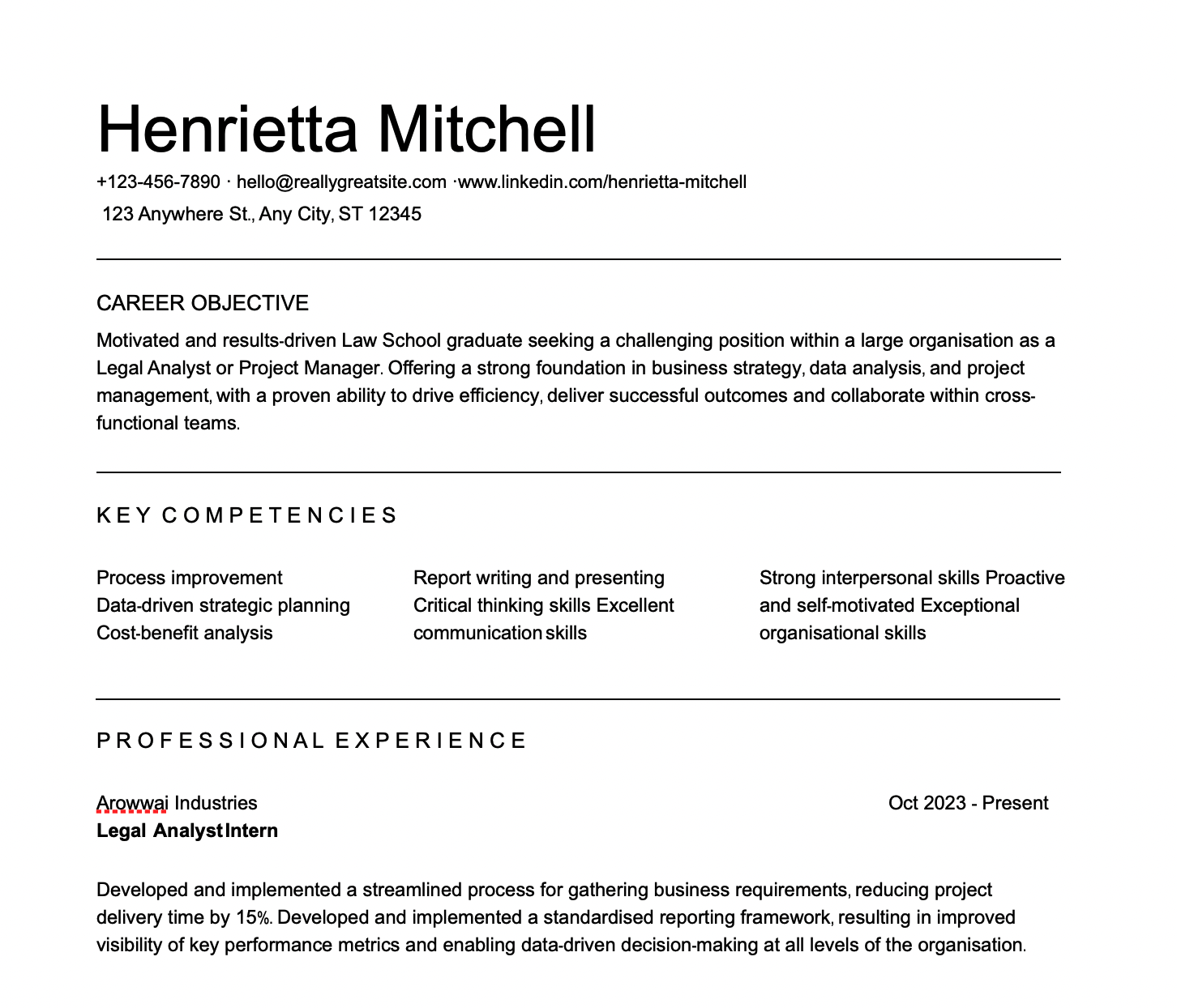Embarking on your journey into the legal profession marks an exciting milestone in your career. As a law student transitioning into your first legal job, navigating the nuances of professional etiquette and best practices is crucial for making a positive impression and thriving in your new role. Here are some fundamental tips to help you navigate this transition seamlessly.
Handling CC’d Emails: Responding with Professionalism
Upon entering the legal workforce, you’ll likely encounter various emails where you’re included as a CC recipient. While you may not be the primary addressee, it’s essential to approach these emails with professionalism and responsiveness. Even if you’re not directly tasked with taking action, acknowledging the email demonstrates your attentiveness and professionalism. Consider crafting a brief response expressing gratitude for the information and offering assistance if needed. This simple gesture showcases your proactive approach and fosters positive relationships with colleagues and supervisors.
If someone sends you an email where others are cc’d its vital that you click ‘REPLY ALL. Leaving someone out of a reply to an email can cruel your job prospects and reflects lack of common practice with emails.
At Yegal our experience is that 75% of all law student paralegals are not taught email best practice at University and trip up when they land their first job. Don’t fall into this trap!
Submission of Documents: The Importance of PDF Format and Personalized Titles
When submitting documents for job applications or professional correspondence, it’s crucial to adhere to industry standards and best practices. Always ensure that documents are saved and submitted in PDF format rather than Word or other editable formats. PDFs maintain formatting consistency across different devices and operating systems, presenting your work in a polished and professional manner. Additionally, include your name in the title of the document to facilitate easy identification and organization for potential employers. For example, “John_Doe_Resume.pdf” provides clarity and professionalism, enhancing the efficiency of document management processes.
If hirers have a desktop full of “Resume” files or “Academic Transcript’ with no name on it – how is the hirer going to find your documents?
Including Word documents is also a privacy risk. Your data may be manipulated by others who come into receipt of the document.
Crafting an Effective Email Signature: Streamlining Communication
As a legal professional, clear and efficient communication is paramount. Including a well-crafted email signature not only enhances the professionalism of your correspondence but also streamlines communication for hiring managers and potential employers. Your email signature should include essential information such as your full name, professional title or affiliation (e.g., Law Student at XYZ University), Contact Phone Number, and LinkedIn profile link. By providing comprehensive contact information in your email signature, you facilitate seamless communication and make it easier for hiring managers to reach out to you for further inquiries or opportunities.
Leveraging Read-Receipt Tools: Gaining Insights into Email Engagement
In the fast-paced world of legal practice, understanding email engagement can provide valuable insights into communication effectiveness and recipient interest. Read-receipt tools enable you to track when recipients open your emails, offering valuable feedback on the visibility and impact of your correspondence. While many professional email platforms offer built-in read-receipt functionalities, several free third-party tools are available for students seeking to gain insights into email engagement. Popular options include “Mailtsuite” and “Boomerang,” which seamlessly integrate with existing email platforms and provide real-time notifications when emails are opened. By leveraging read-receipt tools, you can gauge recipient engagement, tailor follow-up communication, and enhance your overall email strategy in the professional realm.
In conclusion, transitioning into your first legal job as a law student presents exciting opportunities for growth and learning. By adhering to these fundamental tips, including professional handling of CC’d emails, submission of documents in PDF format with personalized titles, crafting an effective email signature, and leveraging read-receipt tools, you can navigate the intricacies of professional etiquette with confidence and set yourself up for success in your legal career.
FREE CV Template (Henrietta Version)
Yegal’s CV templates are designed to help you land the job that you want. To access our Free Henrietta template, submit your email below and we’ll send it straight to your inbox:

